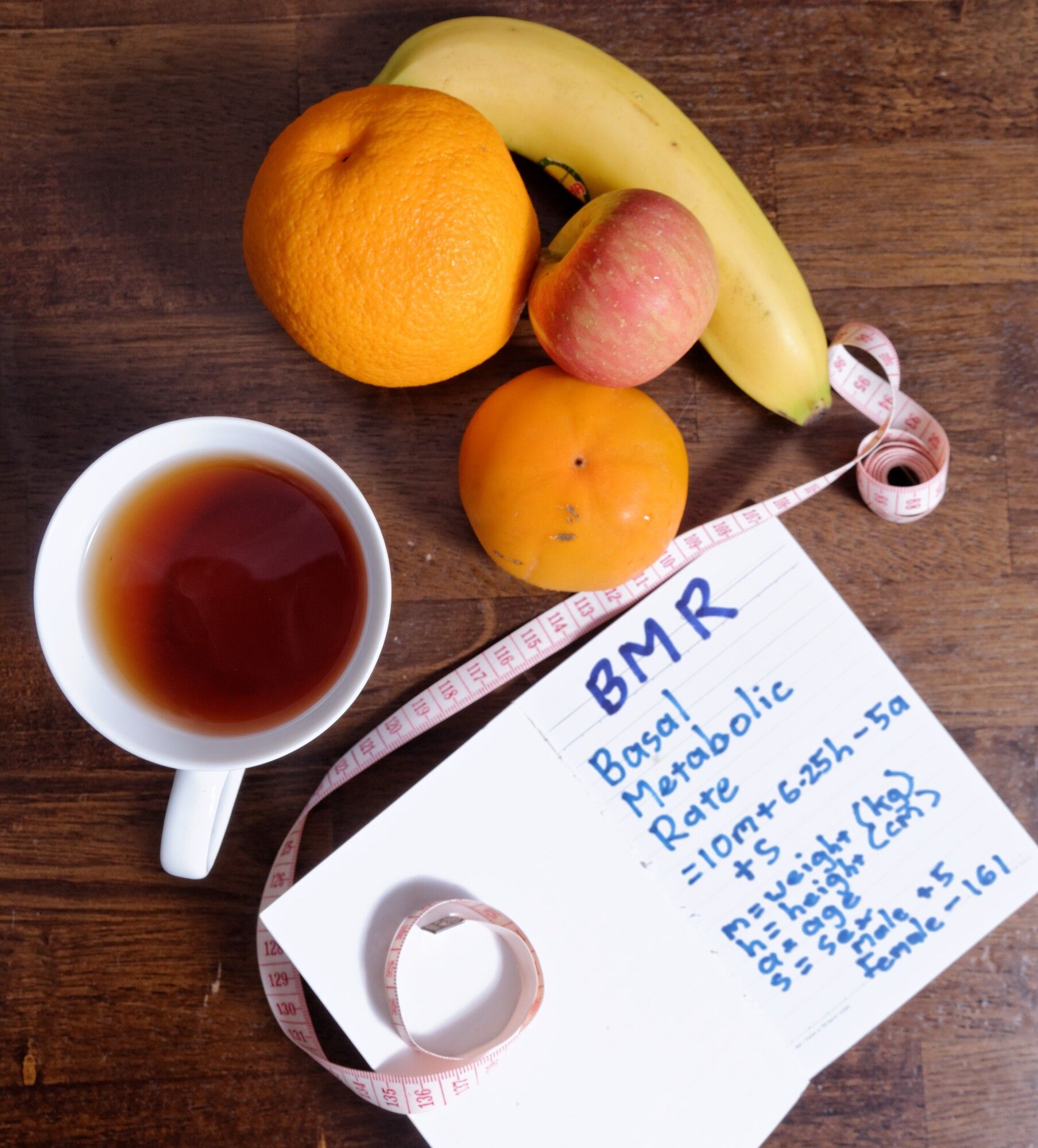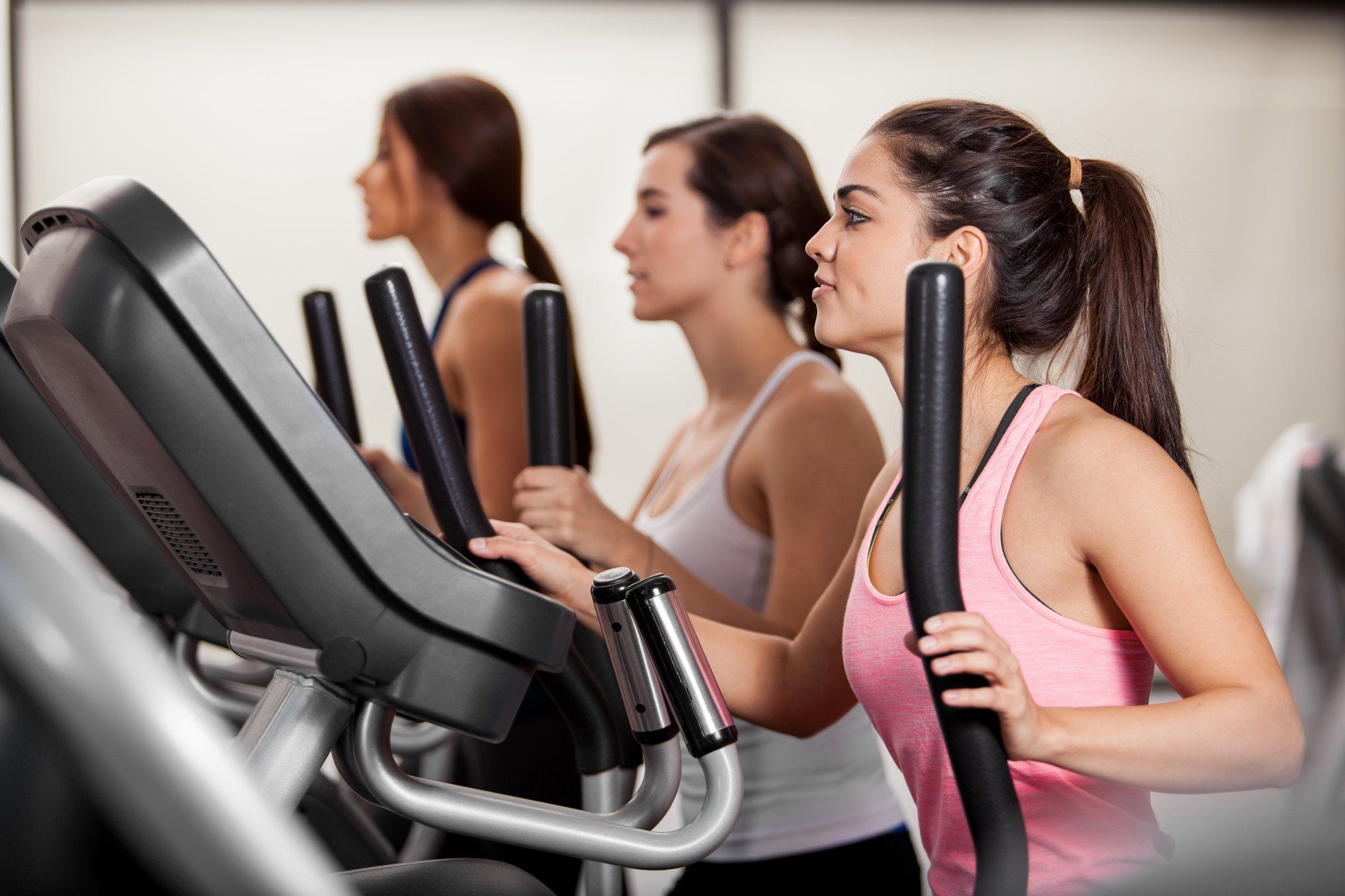Do you wonder how many customers will drop out of your fitness program in the next 90-days?
When fitness customers set realistic goals, they work hard to accomplish their goals. When they waver without a goal, they find the hard work at the gym too difficult to manage. The key to retention is making sure customers have a baseline to measure their success.
While your first thought is conducting a fitness analysis, which is important, there are certain details that will add to the customer's staying power.
Providing customers a snapshot of their metabolic rate makes a great baseline for their fitness program. The measurements can be in the form of a basal metabolic rate (BMR) or a resting metabolic rate (RMR). In either case, the customer receives a metabolic number that determines their eating and exercise habits needed to achieve their goal.
Curious about the differences between BMR vs. RMR, the factors that contribute to each, and why it's so important to track them? Read on!
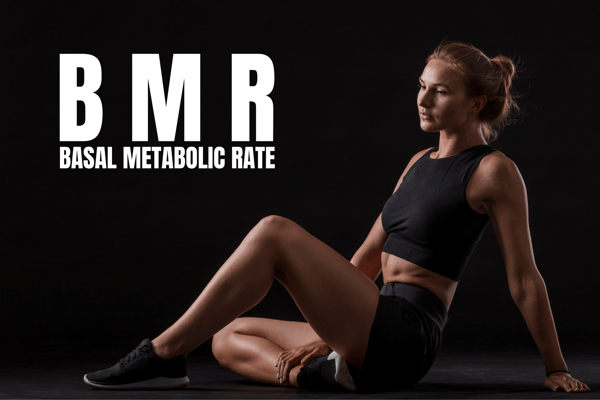
Basal Metabolic Rate (BMR)
The BMR measures the amount of energy needed to support your body’s requirements while at rest. In other words, the BMR tells us how much energy you need if you were at rest for an entire 24-hour day. Out of the amount of fuel your body burns every day, 60-70% is used while you’re at rest.
For gyms without scanners, there is a formula that coaches use to determine their customer’s BMR. Trainers use the numbers to provide customers with diets to burn fat. They also use it to set exercise programs to build muscle.
This establishes a goal for the customer to chase after, keeping them focused on their gym attendance. If you don’t have the proper equipment to conduct actual measurements, here is how to calculate the BMR.
BMR Formula
The Harris-Benedict Equation (revised by Roza and Shizgal in 1984) is the most common equation used to measure a customer’s basal metabolic rate. The BMR measures the customer’s energy expenditures while reclined in a dark room after 8-hours of sleep and a 12-hour fast.
A man’s BMR = 88.362 + (weight in kg x 13.397) + (height in cm x 4.799) - (age in yrs x 5.677)
A woman’s BMR = 447.593 + (weight in kg x 9.247) + (height in cm x 3.098) - (age in yrs x 4.330)
To convert pounds to kilograms: (pounds / 2.205)
To convert inches to centimeters: (inches x 2.54)
An example of a man’s BMR formula might look like this:
88.362 + (95.24 x 13.397) + (177.8 x 4.799) – (40 x 5.677) = a BMR of 1990
88.362 + (1,275.93) + (853.26) – (227.08) = 1990
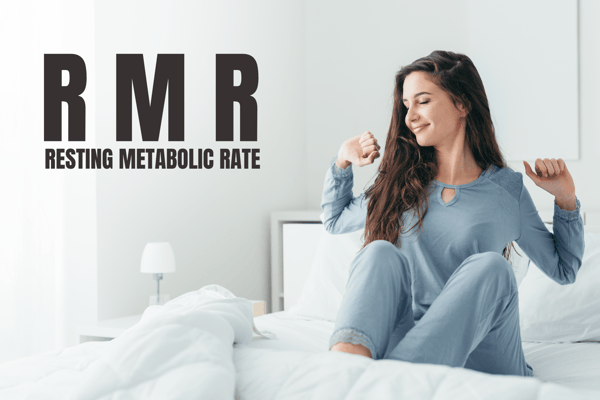
Resting Metabolic Rate (RMR)
The RMR is similar to the BMR. The key difference, while the BMR is based on being at rest for 24-hours, the RMR includes movement of light activities.
These activities include eating, using the restroom, walking, stretching, etc.
Since movement is included in the RMR, your resting metabolic rate will always be slightly higher than your BMR. Many suggest the difference between BMR and RMR is about 10%.
The generalized calorie count of 1,400 for women and 1,800 for men references the RMR, not the BMR. The height, weight, and age factors are critical in determining a person’s actual numbers.
In the medical community, the RMR is measured as the Resting Energy Expenditures (REE). This is also the case for BMR, which is measured as Basal Energy Expenditure (BEE).
For this article, the below is how to calculate the RMR for the fitness industry.
RMR Formula
The Mifflin-St Jeor formula is the most common equation used to measure a customer’s resting metabolic rate. The RMR measures the customer’s energy expenditures after an overnight fast.
A man’s RMR = (weight in kg x 10) + (height in cm x 6.25) - (age in yrs x 5) + 5
A woman’s RMR = (weight in kg x 10) + (height in cm x 6.25) - (age in yrs x 5) – 161
An example of a woman’s RMR formula might look like this:
(54.42 x10) + (172.72 x 6.25) – (40 x 5) – 161 = an RMR of 1263
(544.2) + (1,079.5) – (200) – 161 =
To convert pounds to kilograms: (pounds / 2.205)
To convert inches to centimeters: (inches x 2.54)
Programming From the RMR
Customers appreciate coaches and trainers that use their RMR to determine how to build strength and lose weight. If a male customer is interested in losing ten pounds over two months, their trainer can create an effective program to meet that goal.
Let’s say the man has an RMR of 1,600. Here is how the math would work for a program to help the customer lose weight.
- The customer eats 2,000 calories per day
- Jogs 30-minutes daily to burn 300 calories
- 30-minutes of resistance or weight training burns another 150 calories
- That puts him at a deficit of 50 calories per day
A pound of fat is the equivalent of 3,500 calories. Working out with a deficit of 50 calories a day means the customer will lose a pound every 70 days. But the coach speeds the process by putting the customer on a diet and adds more to his workout.
The coach reduces the customer’s caloric intake to 1,400 calories. He also adds 15-minutes to his daily jog. This combination gives the customer a net deficit of 800 calories a day, which converts to losing about 1.5 pounds a week.
These measurable results drive a customer to the gym. Since their body becomes healthier each month, they’ll want their program updated based on changes in their RMR. This suggests that there are strong benefits for gym leadership to track customer RMRs.
Caloric Warning
Coaches and trainers need to be careful in how many calories they cut from their customer's daily eating habits. Starvation kicks in around 800 calories and reduces or hurts the metabolism.
This starvation mode is the body's survival mechanism in response to long-term calorie restriction. The body adjusts by reducing the number of calories it burns to slow weight loss.
Under the negative stress of too few calories over time, cortisol levels elevate and can suppress the thyroid.
Building more muscle mass is a safer choice. The more muscle, the higher the metabolism. On the other hand, a 20% suppression in a customer’s daily diet can reduce about 25 pounds of fat annually.
Gym owners need to consider the best approach for their gyms. They also need to realize how important tracking the measurements are to keep the customers healthy.
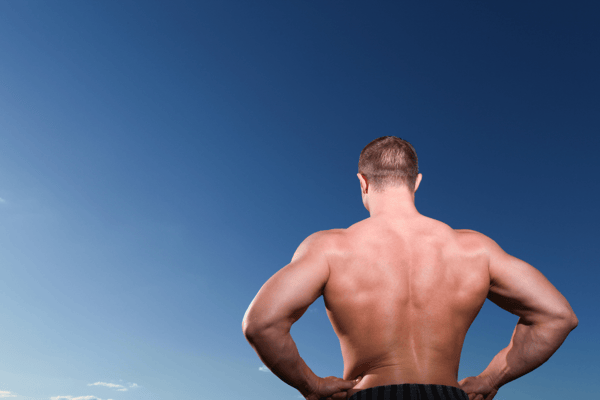
Measuring Muscle Mass
Building up muscle increases the customer's metabolism and is easy to reflect their growth, especially when using a system like Styku. Using a digital camera once a month will reveal a significant increase in mass. After 90-days, the before and after picture will encourage your customer to keep making progress.
Tape and strength measurements are also great tools to track for your customer. Presenting them with a fitness journal to log their changes in size will inspire their confidence - but the best inspiration comes when the tracked numbers reveal their increased strength.
Tracking BMR and RMR
Developing a program that measures a customer’s RMR encourages the member to continue their healthy cycle. Some gyms associate the measurements with trainers and their programs. Others set up the measurements as a separate offer that is billable.
Gym owners have to decide if they will invest in special equipment or only use the formulas. The decision determines the justification or the perceived value for any additional costs. Regardless of the choice, the benefit of the measurements and RMR based programming must be shared with customers.
Customers feel the benefits when their waistline shrinks and their muscles get bigger. They become even more dedicated when they see the updated numbers on a regular basis. This can be done with a gym-provided chart or an app.
Equipment can also be used to track the customer's measurements. Smaller gyms might use calipers to determine the percentage of body fat. Larger fitness centers use body scanners that measure lean muscle, fat, visceral fat, and bone mass.
Body composition analysis equipment brings a professional edge to the gym. Customers like to see their numbers change over time using some form of measurement. Methods might include body mass index, blood pressure monitors, body water analyzer, whole-body densitometry, and hydrostatic weighing.
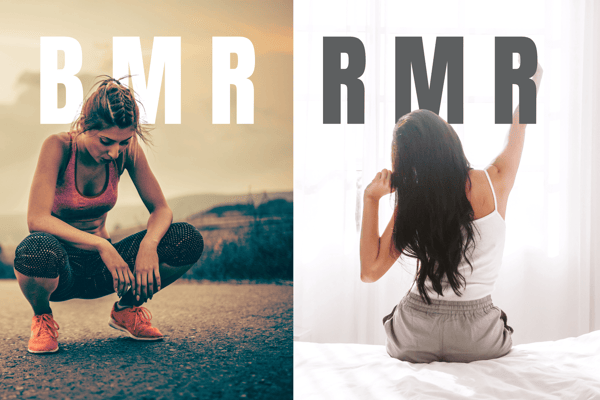
BMR vs. RMR
Stop worrying about your center’s attrition rate. Instead, learn about using measurements to retain your customers. Trainers get great results using BMR or RMR measurements to design custom programs. The customers see improvements in their smaller waistlines and greater strength.
To learn more about BMR vs. RMR, check out articles at the Styku.com blog. Programs designed around a customer’s metabolism need monitoring. Customers need updated measurements as their muscle mass and fat shift.
You'll want the right equipment to update your customer’s goals. For equipment that will keep your customers returning and increase your retention rates, check out the comparison between Styku vs. InBody scanners.


